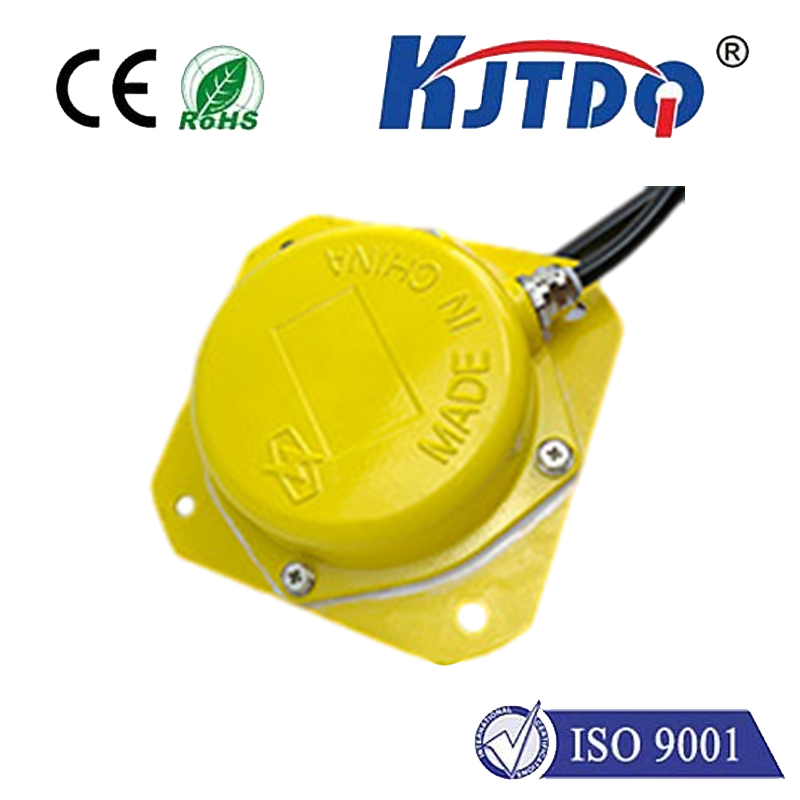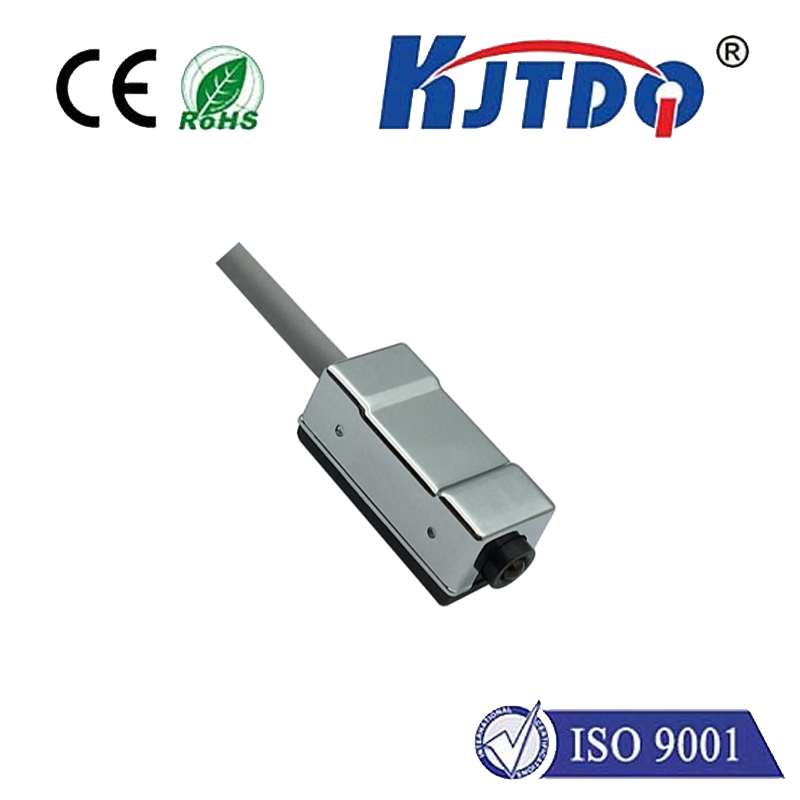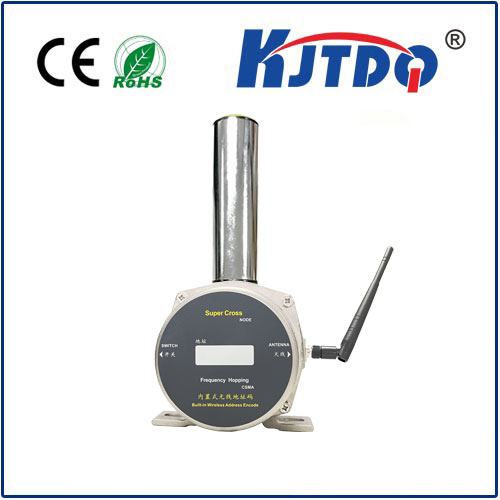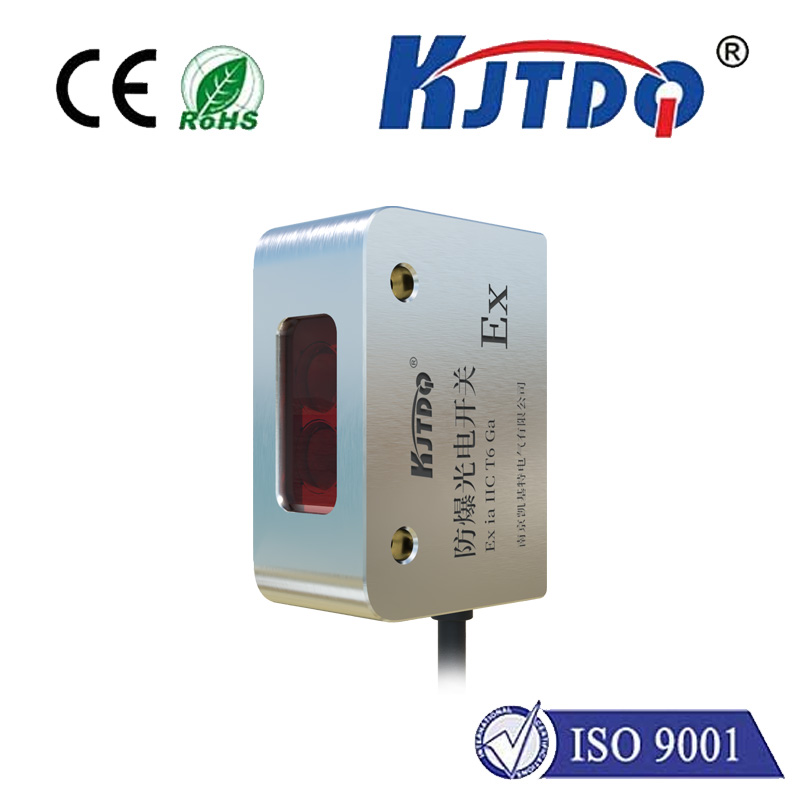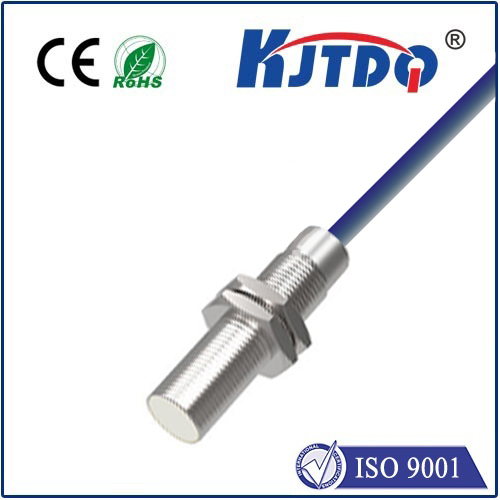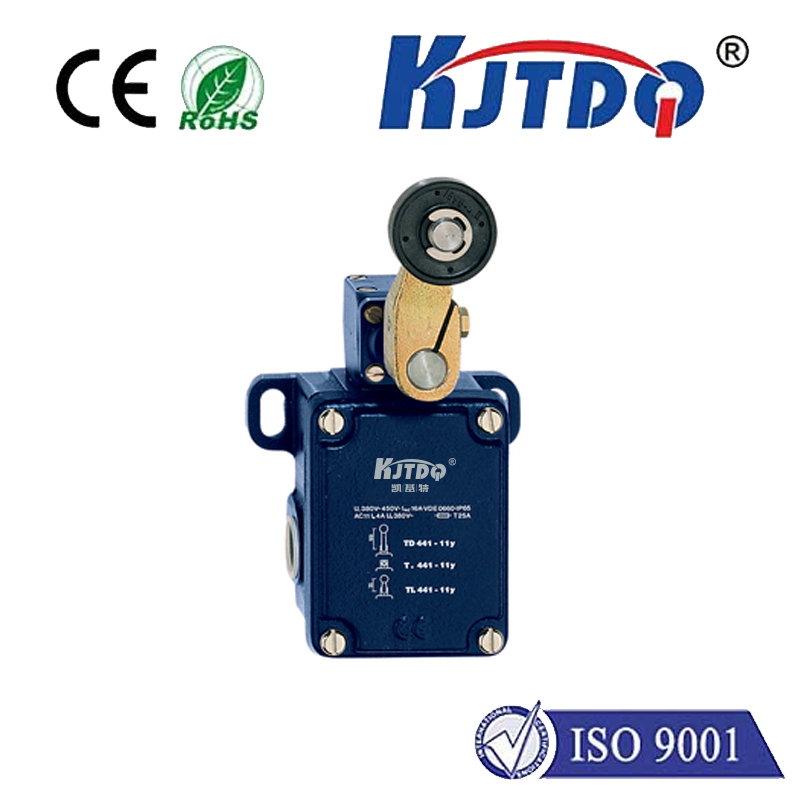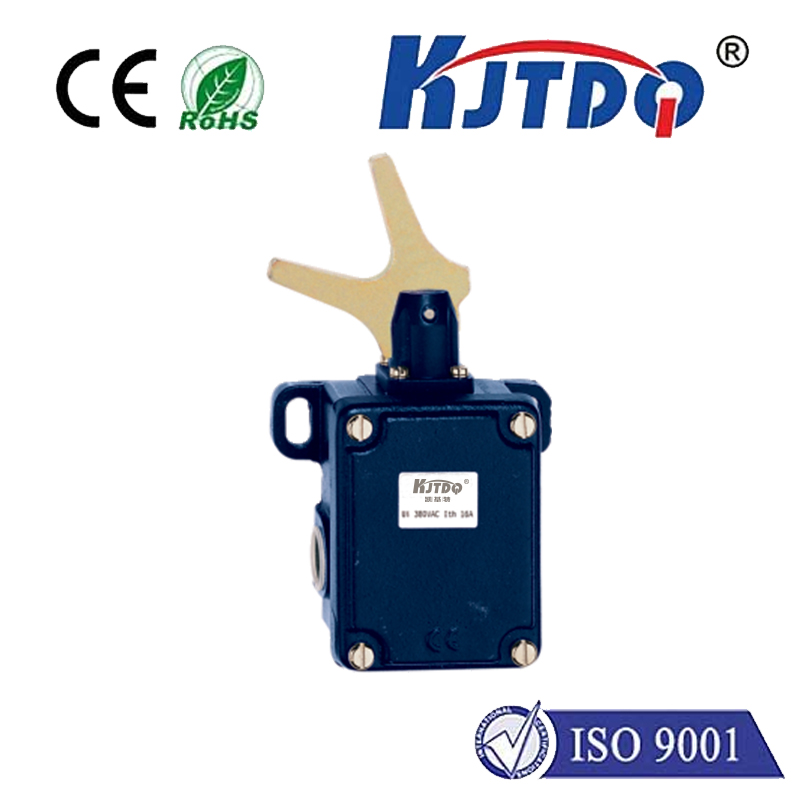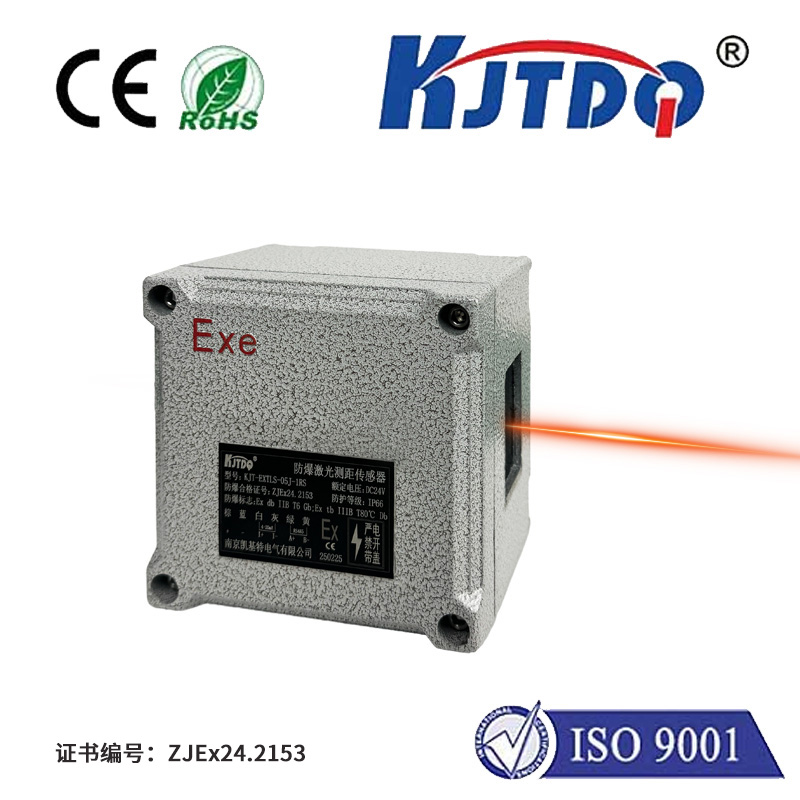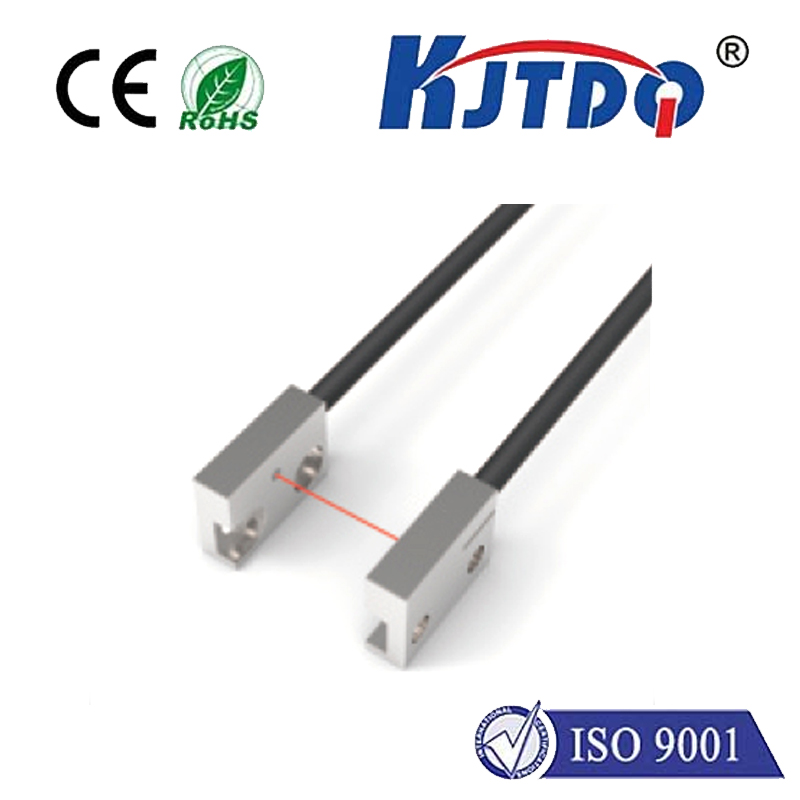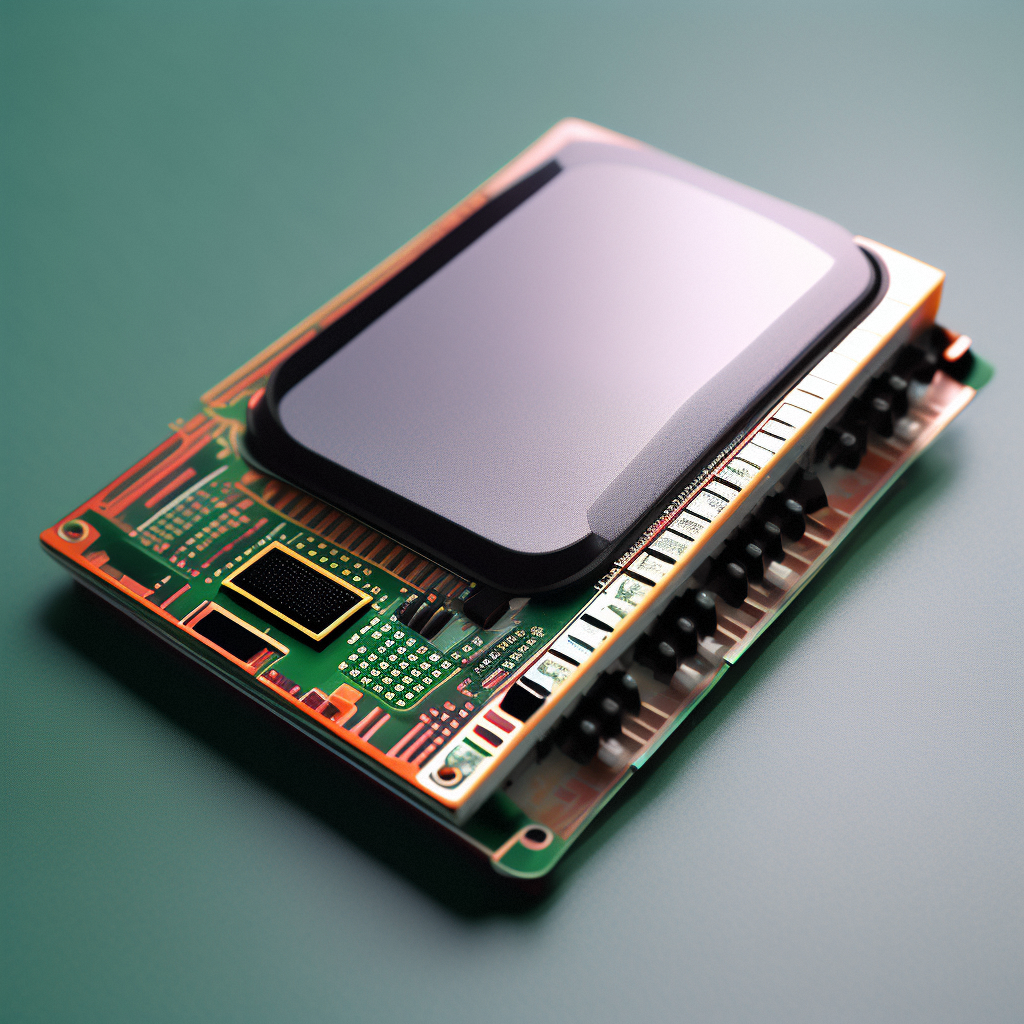Precision isn’t just a goal in the high-stakes world of automotive testing and development; it’s the absolute bedrock of innovation. Whether refining a luxury sedan’s ride comfort, pushing the boundaries of a Formula 1 car’s cornering grip, or validating the safety systems that protect drivers daily, engineers rely on capturing data with unwavering accuracy. Among the critical metrics, speed stands paramount. This is where Correvit Optical Sensors, developed by Kistler Instrumente AG, transition from sophisticated instruments to indispensable partners, revolutionizing how motion is measured on the proving ground and test track.
Beyond the Wheel: Capturing True Motion Without Contact
Traditional speed measurement often relies on wheel encoders or GPS. While useful, these methods have inherent limitations. Wheel encoders can be susceptible to slip, especially under acceleration, braking, or on low-friction surfaces. GPS, while contactless, can suffer from latency, signal dropout (in tunnels or dense urban canyons), and lower-than-desired resolution for dynamic maneuvers. Correvit Optical Sensors leapfrog these constraints by employing a fundamentally different, non-contact principle.
Imagine a high-speed camera coupled with a laser’s precision. That’s essentially the core of Correvit technology. The sensor projects a focused laser beam onto the road surface beneath the vehicle. This beam illuminates the inherently rough texture of the road, creating a unique, random pattern known as a laser speckle pattern. As the vehicle moves, this speckle pattern flows past the sensor’s field of view. Sophisticated correlation algorithms within the sensor analyze the sequential images of this moving pattern in real-time. By determining how much the pattern shifts between consecutive image captures, the sensor calculates the absolute speed and distance traveled relative to the ground surface itself – irrespective of tire slip or satellite signals. This delivers the ground truth velocity that engineers demand.

Unlocking Critical Applications with Ground-Truth Data
The unique capabilities of Correvit sensors make them the gold standard in numerous demanding automotive applications:
Why Correvit Stands Out: Key Advantages
The adoption of Correvit sensors by leading automotive OEMs, Tier 1 suppliers, and premier motorsport teams worldwide is a testament to their distinct advantages:
The Technical Foundation: Laser Speckle Correlation
At the heart of every Correvit sensor lies the principle of Laser Speckle Correlation. The laser diode projects a coherent beam onto the road surface. Due to the microscopic roughness of the surface, the reflected light interferes, creating a grainy, random interference pattern – the speckle pattern. An optical system within the sensor images this pattern onto a specialized CMOS or CCD sensor array.
As the vehicle moves, this unique pattern translates across the sensor’s pixel array. High-speed digital signal processing continuously compares consecutive image frames. Using advanced cross-correlation algorithms, the system determines the exact displacement of the pattern between frames. Knowing the time interval between frames and the physical size represented by each pixel (calibration), the sensor calculates the velocity vector (speed and direction) of the vehicle relative to the ground. Kistler’s proprietary ASICs (Application-Specific Integrated Circuits) perform these billions of calculations per second, enabling the remarkable speed, accuracy, and low latency that define Correvit performance.
Integrating the Gold Standard
For decades, Correvit Optical Sensors have been more than just instruments; they are the trusted source of truth for vehicle speed and distance in the most demanding testing scenarios. Their ability to deliver absolute, slip-independent, high-resolution ground speed data empowers engineers to push the boundaries of performance, safety, and efficiency. From the drawing board to the final validation lap, the unseen data stream from a Correvit sensor is often the critical factor in transforming a prototype into a production vehicle that excels on the road or dominates on the track. In the relentless pursuit of automotive excellence, clarity begins with knowing exactly how fast you’re really going.
